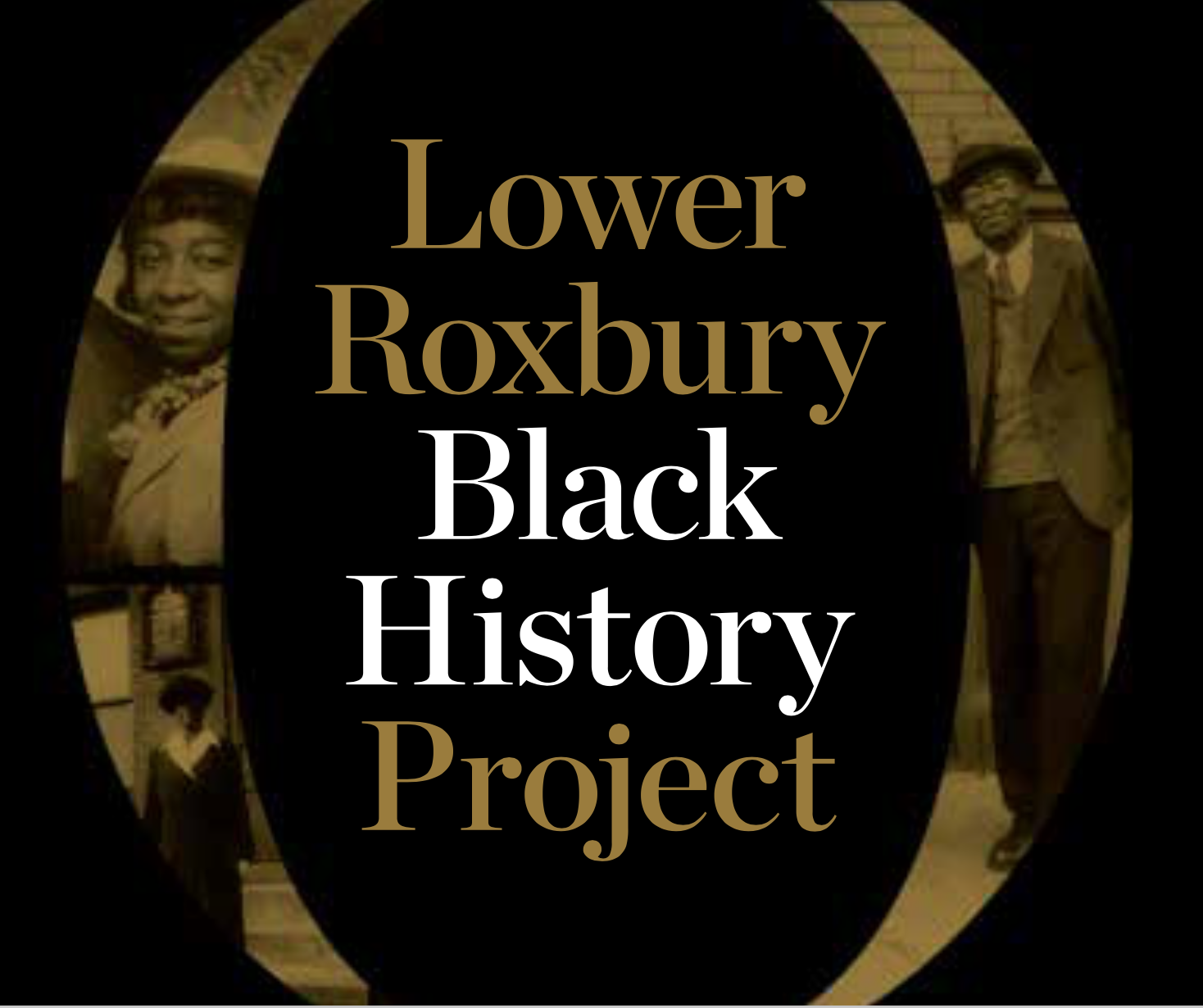Constance "Connie" Bruce (1915-2012)
An interview with Constance Bruce (1915-2012), the daughter of photographer Charles Bruce. Bruce talks about her relationship with her father and her memories of him. This interview was collected as part of Northeastern University's Lower Roxbury Black History Project (2007-2009). Finding aid: http://www.library.neu.edu/archives/collect/findaids/m165find.htm
